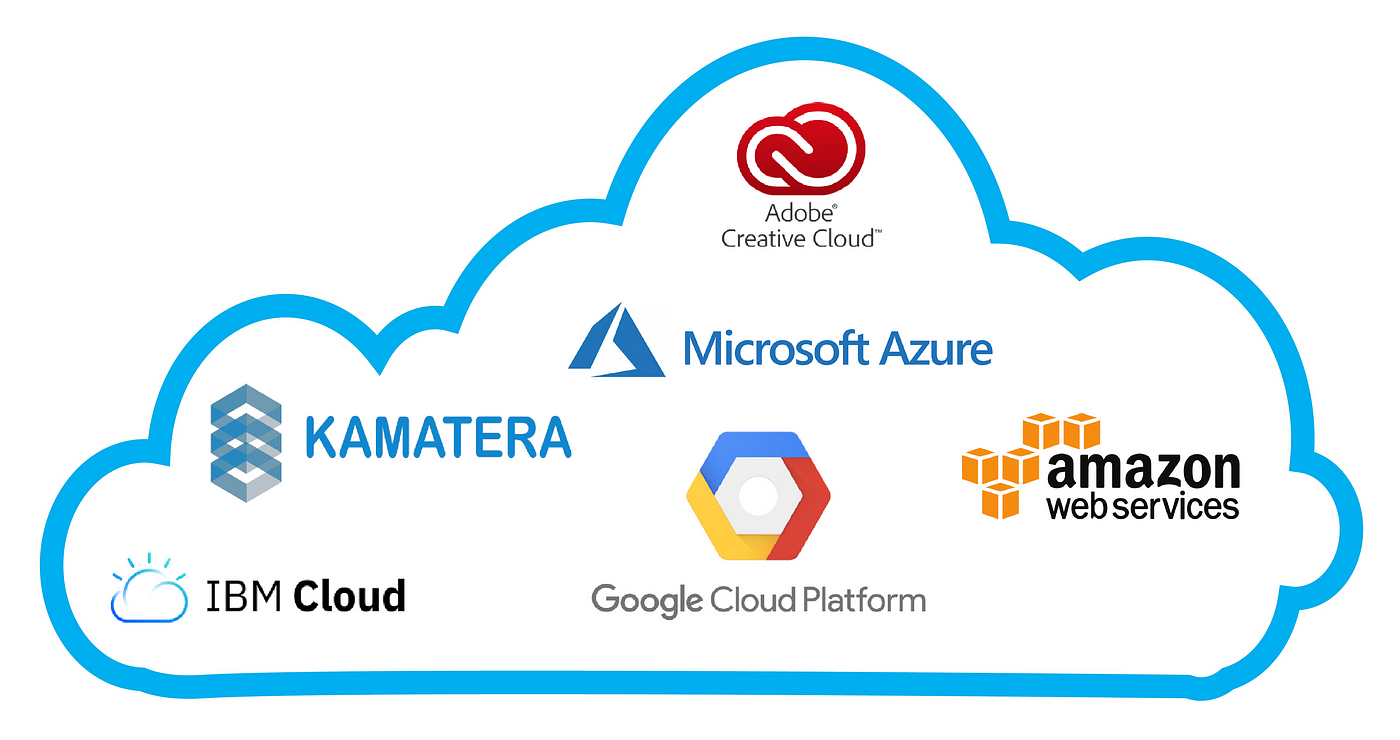Achieve Seamless Scalability With Cloud Solutions
In the ever-evolving landscape of cloud solutions, achieving seamless scalability stands as a foundation for modern organizations seeking to stay versatile and affordable. The capacity to easily broaden or acquire sources in feedback to changing demands is a critical advantage in today's busy digital atmosphere. By understanding the art of scalable cloud remedies, companies can not just optimize efficiency and improve procedures yet additionally lead the way for future growth and advancement. The pursuit for smooth scalability with cloud services introduces a world of opportunities for those ready to accept the transformative power of dynamic resource monitoring.
Advantages of Cloud Scalability
Cloud scalability offers organizations the adaptability to dynamically readjust sources based upon need, guaranteeing ideal efficiency and expense performance. One vital benefit is the capacity to scale resources up or down quickly in action to fluctuating work. This dexterity makes it possible for companies to fulfill changing customer needs without over-provisioning resources, ultimately resulting in set you back financial savings. Scalability likewise enhances efficiency by making sure that systems can take care of enhanced website traffic or workload without experiencing downtime or stagnations. By effectively designating resources, companies can keep high levels of performance during peak times without unnecessary costs during quieter durations. Additionally, cloud scalability advertises technology and experimentation by allowing businesses to easily test new concepts and range them as required. This adaptability encourages a culture of continuous enhancement and adjustment, allowing organizations to remain affordable in a swiftly advancing market landscape. Ultimately, the benefits of cloud scalability expand past cost savings to encompass enhanced efficiency, agility, and technology.
Key Attributes for Scaling
Efficient scaling in cloud solutions relies upon crucial attributes that allow companies to readjust sources dynamically based upon need. One important function for scaling is flexibility, allowing resources to scale up or down in reaction to varying workloads. This ensures that organizations can satisfy performance demands without over-provisioning sources. One more essential function is scalability, enabling systems to take care of raised workload by adding sources seamlessly. This feature is vital for accommodating growth without compromising performance. Furthermore, automation plays a crucial function in scaling by automating the provisioning and de-provisioning of sources based upon predefined plans. Automation lowers human intervention, improves efficiency, and makes sure quick response to changing needs. Surveillance and analytics tools are additionally vital for scaling, offering understandings into resource use, efficiency metrics, and possible bottlenecks. These tools allow companies to make enlightened choices and maximize resource allowance for effective scaling. In general, these crucial features collectively empower organizations to attain smooth scalability in cloud services.
Executing Auto-Scaling Strategies
To properly optimize source allotment and adapt to differing workloads, organizations have to tactically carry out auto-scaling approaches in their cloud services infrastructure. Auto-scaling allows systems to automatically readjust the number of compute sources based upon real-time need. There are numerous auto-scaling strategies that organizations can use, such as anticipating scaling, which makes use of historical information to forecast future resource demands, and reactive scaling, which reacts to current workload adjustments.

Ideal Practices for Scalability
For companies aiming to improve their scalability in cloud solutions, carrying out finest practices is critical for ideal performance and resource administration. One key finest practice is creating applications with a microservices design. This approach breaks down applications right into smaller, independent solutions that can be deployed, upgraded, and scaled separately, enabling better flexibility and scalability.
An additional crucial technique is utilizing containerization innovation, such as Docker or Kubernetes. Containers enable the product packaging of applications and their dependencies right into separated systems, making it less complicated to scale elements independently and deploy them consistently across various atmospheres.
Furthermore, carrying out automated deployment and infrastructure as code (IaC) can streamline scalability efforts (linkdaddy cloud services). Automation devices like Terraform or Ansible assistance in provisioning and managing resources successfully, reducing manual errors and allowing rapid scalability
In addition, keeping track of performance metrics, establishing up signals, and carrying out normal ability preparation are vital methods to ensure aggressive scalability monitoring. By adhering to these finest practices, organizations can accomplish seamless scalability in their cloud solutions while maximizing efficiency and resource usage.
Surveillance Efficiency Metrics
When analyzing the performance of cloud services scalability, carefully keeping an eye on performance metrics is essential for making certain optimal capability and source allocation. By continuously tracking key performance indications (KPIs) such as action times, latency, source, and throughput utilization, companies can obtain important insights into the health and wellness and performance of their cloud facilities. Keeping an eye on efficiency metrics permits the very early discovery of possible traffic jams or concerns that can affect scalability, enabling proactive procedures to be required to address them prior to they rise.

Verdict
Finally, attaining smooth scalability with cloud services is necessary for companies to enhance efficiency, improve development, and preserve high efficiency degrees throughout peak times. By leveraging the advantages of cloud scalability, carrying out auto-scaling strategies, utilizing crucial attributes such as elasticity and automation, and adhering to finest practices like application style and efficiency surveillance, businesses can efficiently scale their systems while maximizing source usage and performance.
The quest for seamless scalability with cloud services unveils a world of possibilities for those willing to embrace the transformative power of dynamic source administration.
Cloud scalability offers organizations the adaptability to dynamically change sources based on need, making sure optimum efficiency and expense effectiveness. Another essential function is scalability, making it possible for systems to deal with increased work by including sources effortlessly.For companies aiming to enhance their scalability in cloud solutions, executing best techniques is essential for optimum efficiency and source management.When evaluating the effectiveness of cloud services scalability, carefully keeping track of performance metrics is necessary for making certain optimal performance and resource allotment.